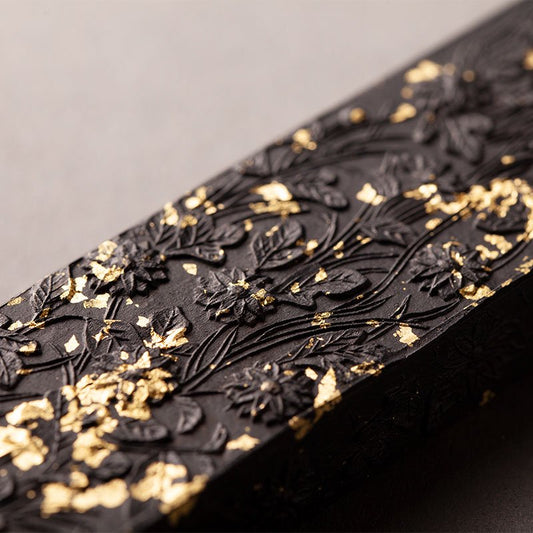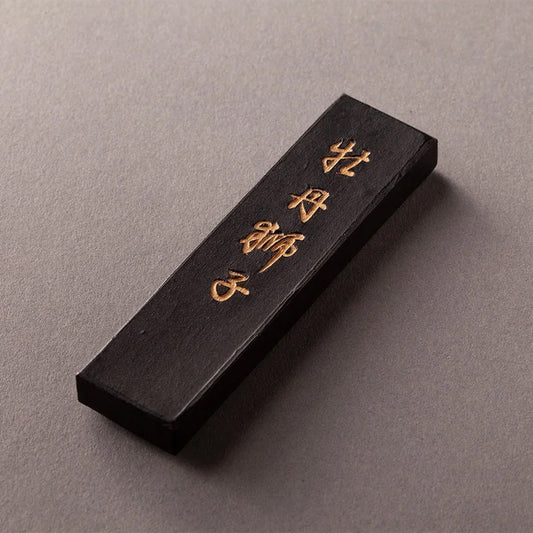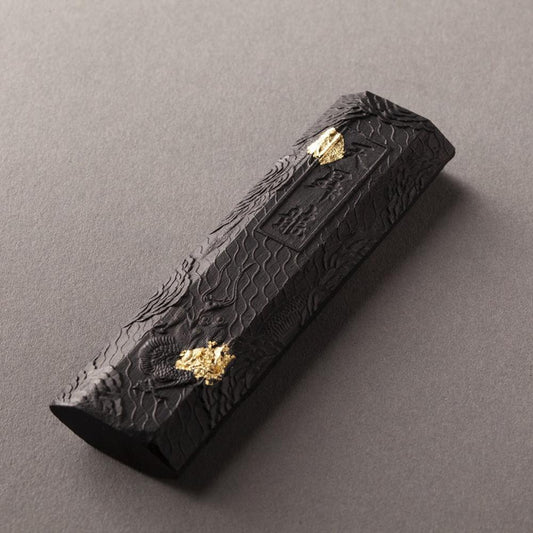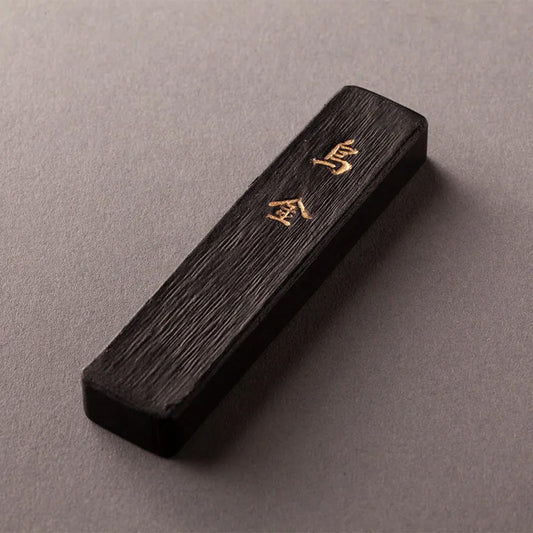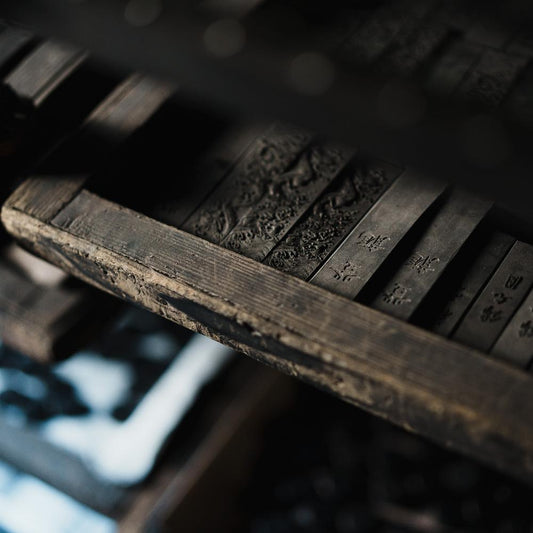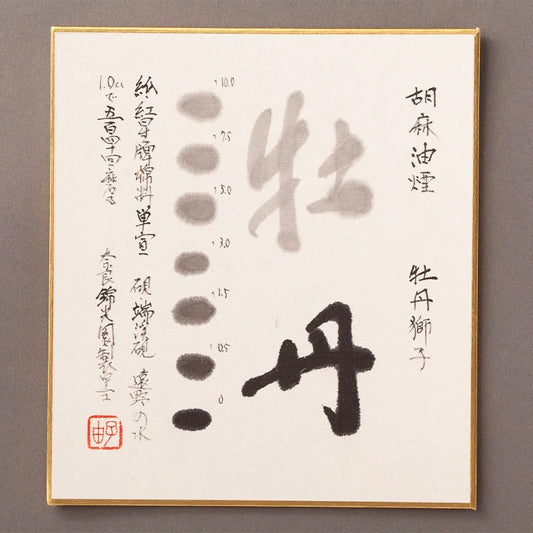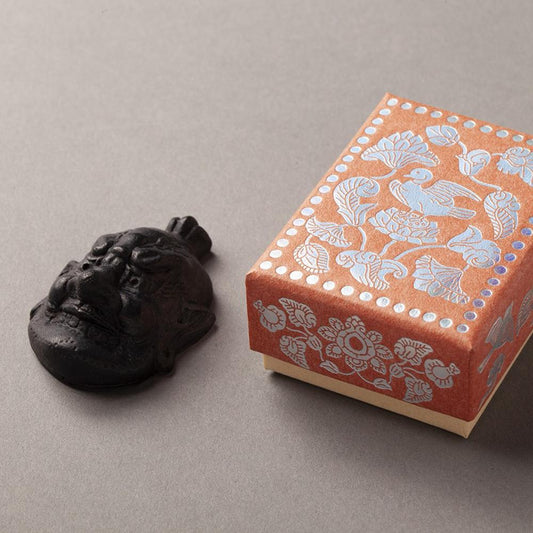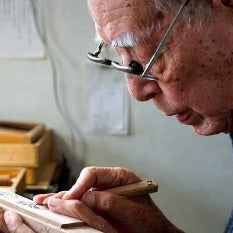Collection: 墨 Sumi made from oil-soot
Created from the soot produced by burning vegetable oils such as rapeseed oil. Thick dark sumi ink presents a glossy and deep black color with a sense of depth. The color may vary depending on the type of vegetable oil used. Light sumi ink, on the other hand, has a faintly brown hue, providing a fine-grained three-dimensional effect.
rimpamura curated several precious sumi inks made from oil-soot.

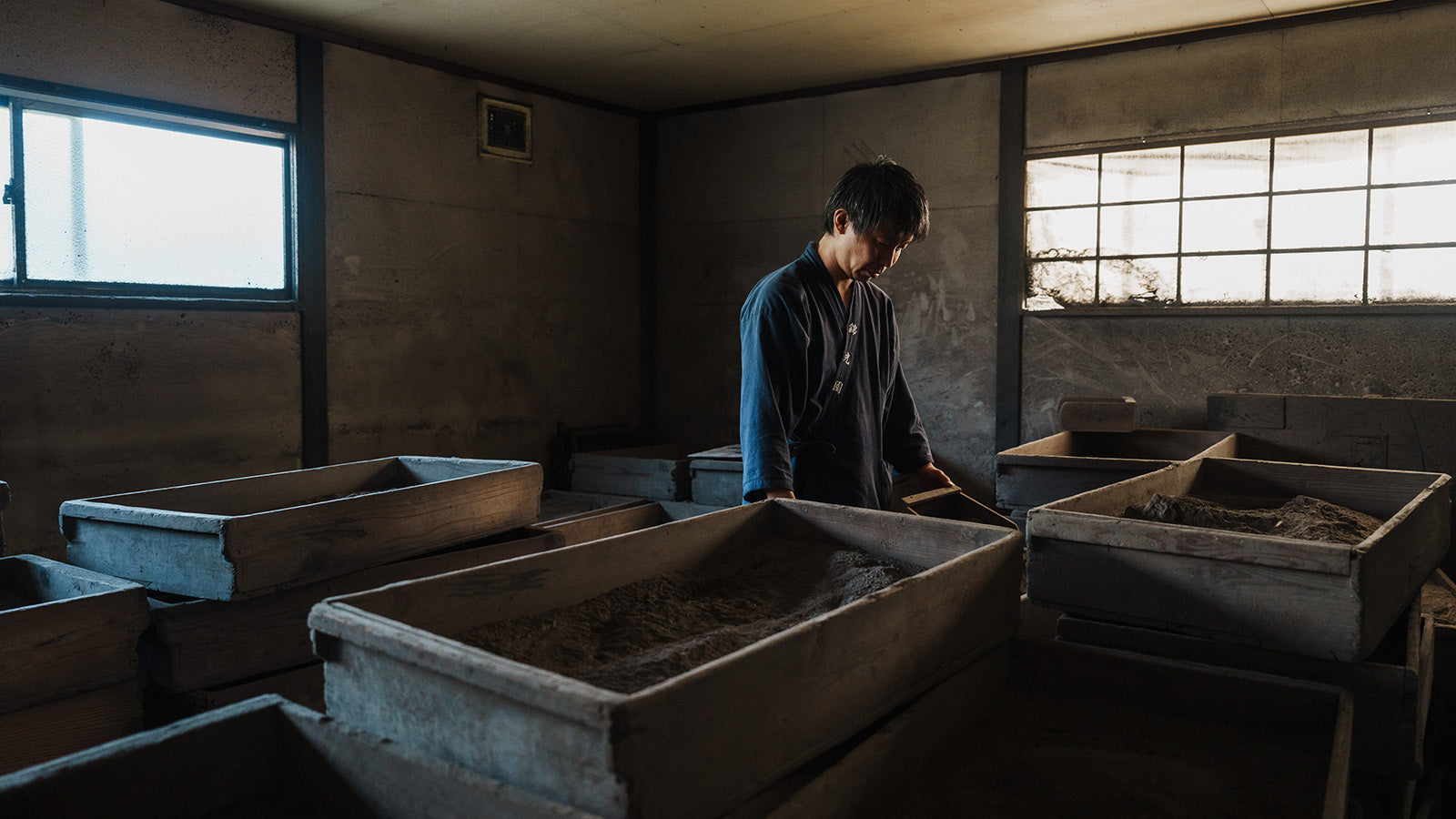
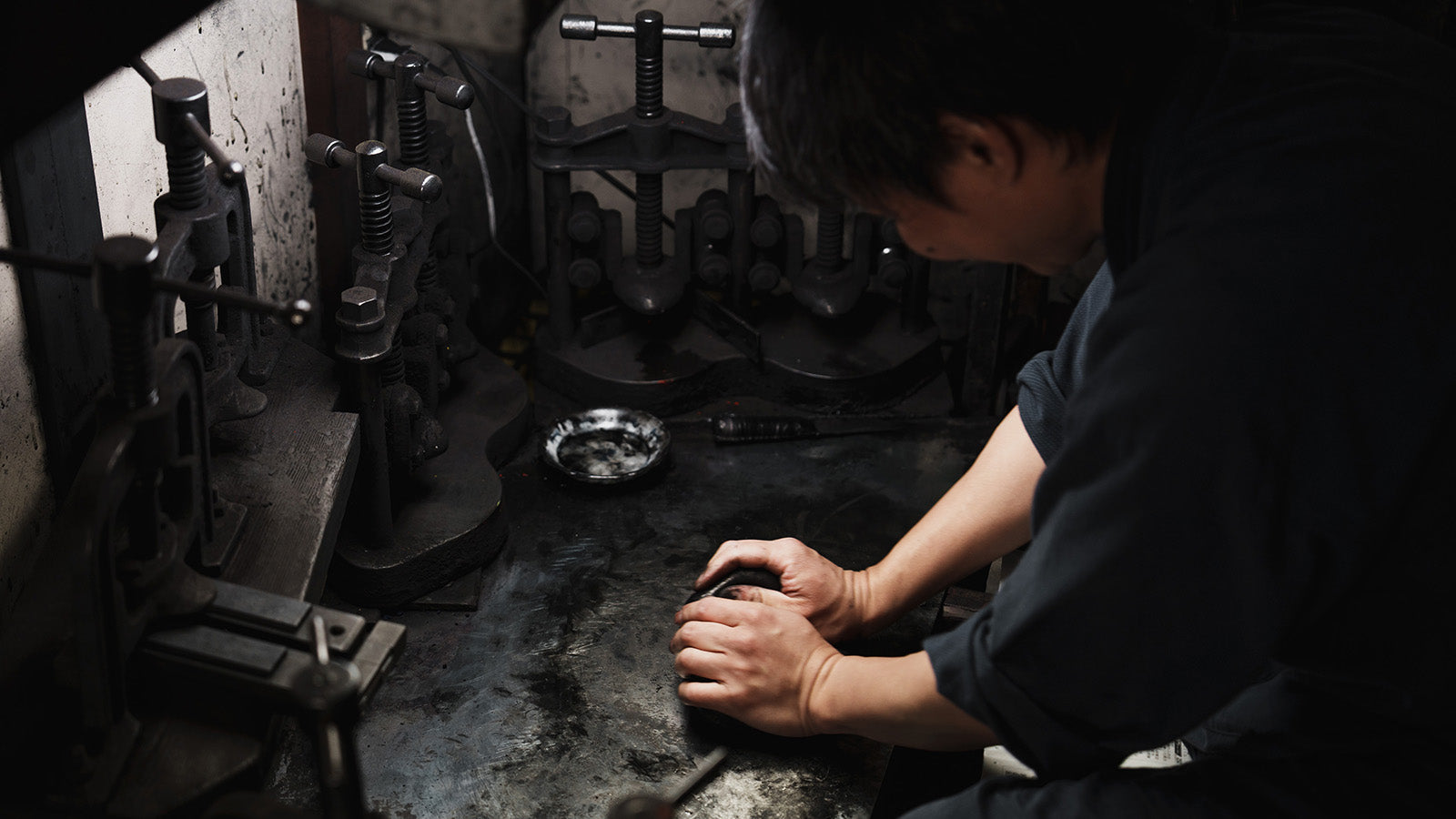
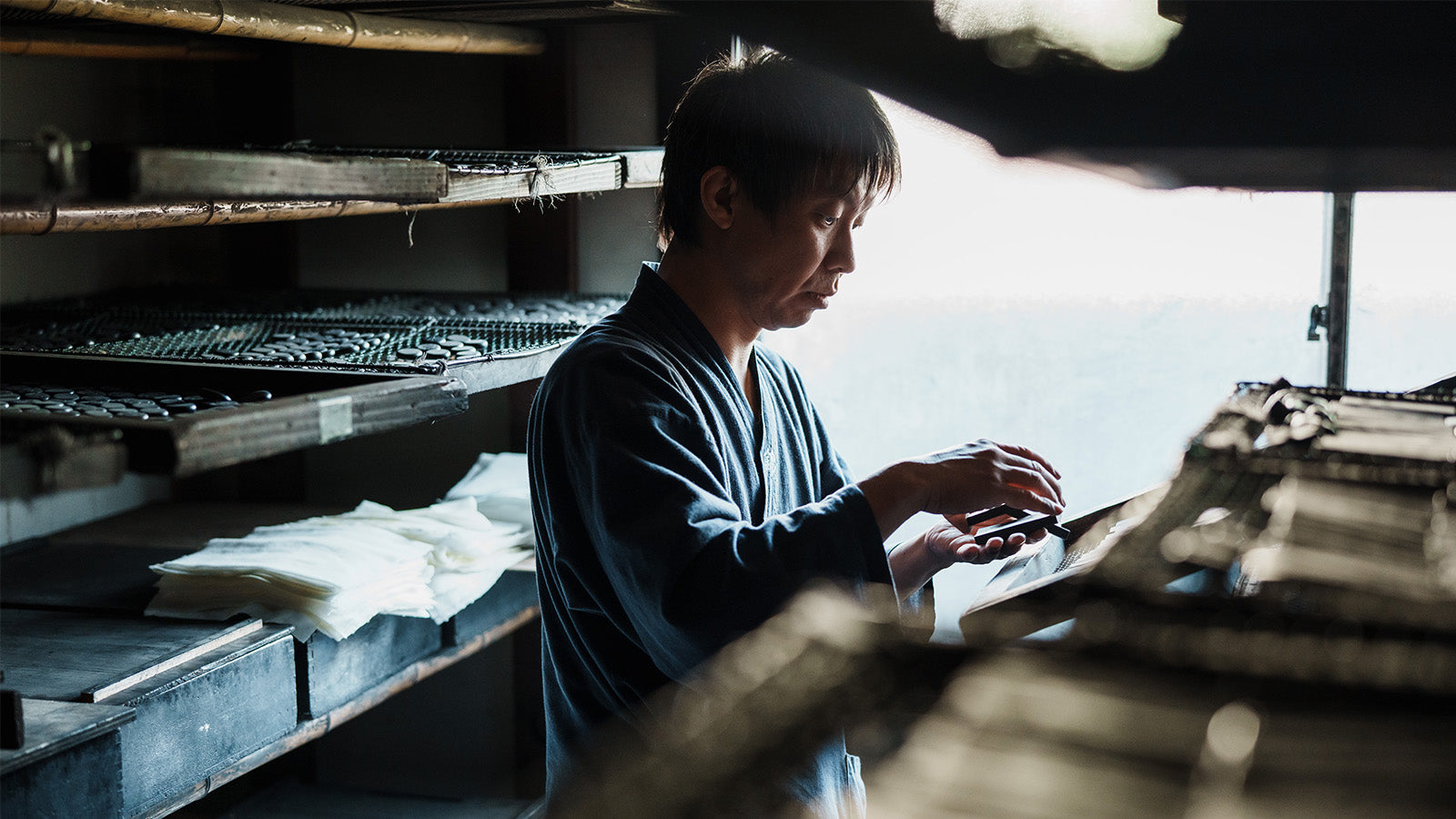
油煙墨 Sumi ink made from oil spoot
-
【Nara】KOKI, good for calligraphy & sumie painting
Regular price $34.00Regular priceUnit price / per -
【NARA】Essence of Soot, THREE VARIETIES set
Regular price $137.00Regular priceUnit price / per -
【NARA】The Shokunin's Palette: THREE HUES of Nara Sumi ink
Regular price $105.00Regular priceUnit price / per -
【NARA】The pine-soot sumi TRILOGY
Regular price $261.00Regular priceUnit price / per -
【NARA】Set of Three from Shaped Like Japanese Sweets in a paulownia wood box.
Regular price $124.00Regular priceUnit price / per -
【NARA】BOTANJISHI, a sumi ink stick ideal both for calligraphy and sumie painting
Regular price $49.00Regular priceUnit price / per -
【Nara Sumi Ink】Kaori Sumi "ASUKA" (Kaori means scent in Japanese)
Regular price From $34.00Regular priceUnit price / per -
【Nara】OHAJIKI Sumi
Regular price $137.00Regular priceUnit price / per
what's new
View all-

Maki Fude (cored brushes) vs Suihitsu (non-core...
A Makifude has Japanese paper wrapped around its core; therefore, only about one-third of the bristles on a Makifude brush are exposed for use, while the bristles of a Suihitsu...
Maki Fude (cored brushes) vs Suihitsu (non-core...
A Makifude has Japanese paper wrapped around its core; therefore, only about one-third of the bristles on a Makifude brush are exposed for use, while the bristles of a Suihitsu...
-
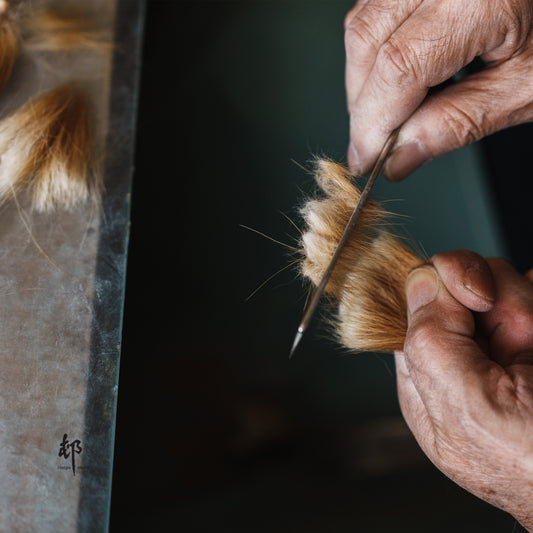
Two different ways of making brushes
Fude making has been practiced throughout Japan for centuries, and while the manufacturing methods can vary somewhat depending on the region and shokunin, they can be broadly categorized into two...
Two different ways of making brushes
Fude making has been practiced throughout Japan for centuries, and while the manufacturing methods can vary somewhat depending on the region and shokunin, they can be broadly categorized into two...
-

Season of Sumi making is over this year. Sumi i...
The production of sumi ink takes place during winter. This is because one of the raw materials for sumi, Nikawa glue, may not solidify or may even rot when it...
Season of Sumi making is over this year. Sumi i...
The production of sumi ink takes place during winter. This is because one of the raw materials for sumi, Nikawa glue, may not solidify or may even rot when it...
-

Yoichi Hieda awarded at the 47th Yamaguchi Trad...
It is our great pleasure to announce that Yoichi Hieda is awarded the "Japan Crafts Association Yamaguchi Branch Director's Award", the equivalent of the first prize, at the 47th Yamaguchi...
Yoichi Hieda awarded at the 47th Yamaguchi Trad...
It is our great pleasure to announce that Yoichi Hieda is awarded the "Japan Crafts Association Yamaguchi Branch Director's Award", the equivalent of the first prize, at the 47th Yamaguchi...


